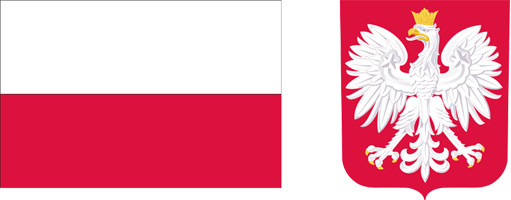Current issue
Archive
About the Journal
Aims and Scope
Editorial Board/Editorial Team
List of reviewers
Publishing process
Publishing Ethics and Malpractice Statement
Personal data protection (GDPR)
Creative Commons License
CrossRef Member / Similarity Check
For Authors
Call for papers
Guidelines for authors
Submitting a manuscript through the editorial system – step by step
For Reviewers
Peer review process
Guidelines for reviewers
Submitting a review – step by step
Contact
RESEARCH PAPER
COMPETITIVENESS OF THE ROMANIAN AGRI-FOOD TRADE AND THE NEW AGRICULTURAL POLICIES
1
Institute of Agricultural Economics, Romanian Academy
Acceptance date: 2014-12-08
Publication date: 2014-12-08
Zagadnienia Ekonomiki Rolnej / Problems of Agricultural Economics 2014;341(4):106-116
KEYWORDS
ABSTRACT
The EU-27 has a leading position in the total agrifood world trade. The last two enlargements (in 2004 and 2007) had a significant impact on the EU trade. The value increased in real terms, mostly due to the contribution of the NMS, through the increase in the traded goods volumes. But the NMS added as well their negative extra-community agrifood trade balances to that of the OMS, thus contributing temporarily to the increasing EU-27 trade deficit. Overall, the final result of the latest EU enlargements has been positive in the extra-community trade volume, and after the passing of the economic crisis shock, exports increased faster than imports, resulting in a diminished trade deficit from 24 million EUR in 2008 down to 4.5 billion EUR in 2012. The shock was even smaller in intra-EU trade: total dispatches diminished by 5.7% in 2009/2008, but immediately recovered in 2010 (+8% as compared to 2009).
The absolute value of the Romanian international agrifood trade increased continuously during the last decade. The intra-community trade accounted for 73% for the last three years.
As a result of the simultaneous action of the export expansion and import contraction after 2008, the Romanian extra and intra-community agrifood trade balance trade diminished continuously, from the historical maximum of 1.65 billion EUR in 2007 down to 631.6 million in 2011. As a first since 1990, the extra-community agrifood trade balance became positive in 2010: the exports exceeded the imports, and the trend continued in 2011 and 2012 as well.
The analysis of individual Romanian agrifood products performance in the intra-EU market allowed the grouping of those products in three categories: “active winners” (showing an increasing trend and good competitiveness), “passive winners” (showing a linear evolution under the pressure of various factors) and “losers”.
The identified active winners are maize, sunflower seeds, sunflower oil, live sheep and goats. The identified passive winners are wheat and honey. The identified losers are pork, chicken meat, apples and wine.
Various domestic and external factors had implications on the performance of all the analyzed products: privatization, state farms bankruptcy, enforcement of the EU pre-accession trade agreement, CEFTA membership, foreign and domestic investments, the pre-accession support programs (SAPARD), the post-accession NPRD. The EU accession had a direct positive impact on the Romanian agrifood trade by the free access on the Single Market. There is as well an important indirect impact, through the application of CAP which resulted after the first 6 years in higher and better quality agrifood domestic supply, as basis for increased competitiveness of Romanian products, resulting in increased exports on both EU and non-EU markets.
Share
RELATED ARTICLE
We process personal data collected when visiting the website. The function of obtaining information about users and their behavior is carried out by voluntarily entered information in forms and saving cookies in end devices. Data, including cookies, are used to provide services, improve the user experience and to analyze the traffic in accordance with the Privacy policy. Data are also collected and processed by Google Analytics tool (more).
You can change cookies settings in your browser. Restricted use of cookies in the browser configuration may affect some functionalities of the website.
You can change cookies settings in your browser. Restricted use of cookies in the browser configuration may affect some functionalities of the website.



